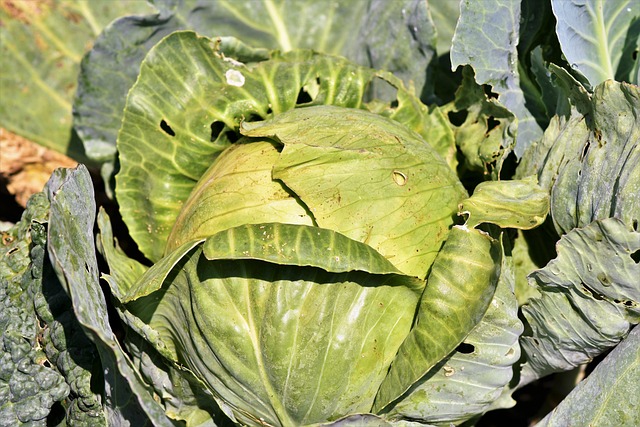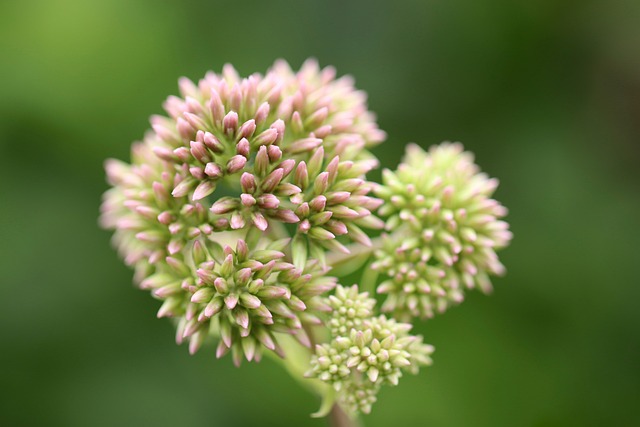Kratom could be clinically beneficial for pain management and substance use disorders. Its promise lies in the identification of our most-utilizable alkaloids, allowing for synthetic production capable of being replicated, mass-produced, and most importantly, studied in a standardized manner.
With patients increasingly leaning toward alternative and complementary pain-relieving agents, such as marijuana, CBD products, coca tea, ephedra, and kratom, healthcare providers are facing more questions – and more responsibilities – to understand these “natural” products. Many of these substances are inconsistently regulated and lack data behind them, leaving clinicians unable to disseminate quality information about risks and benefits to their patients.
Kratom, in particular, is an herbal substance with snowballing use in the United States. It was first imported to the US in the 1980s, and has an estimated 3 to 5 million users in America today.1 People are using kratom to help manage a variety of conditions and symptoms, such as opioid dependence, constipation, mood disorders, chronic pain, and muscle spasms.
Herein, we tackle what is known about kratom’s history, pharmacology, risks, and benefits, with the goal of empowering pain management providers to partner with their patients in openly discussing its use.
Historical Use of Kratom
Kratom is the common name for the leaves of Mitragyna speciosa, a tree in the coffee family native to Indonesia, Malaysia, Thailand, the Philippines, Borneo, and New Guinea.1,2 Its use has been recorded for more than 150 years with the first documented use in 1836 as an opium substitute.1 Traditional Southeast Asian uses include chewing leaves by laborers for sustained energy and analgesia after a hard day’s work, as well as brewed tea in the evening for relaxation.1-3,4
Despite its actions as an opioid agonist and reports of causing sexual dysfunction, kratom has also been used as an aphrodisiac.1,2 One case report suggested the mechanism for sexual dysfunction may be linked to increased prolactin levels, causing secondary hypogonadism.4
Kratom’s Pharmacology
Kratom is a plant-based psychoactive substance that contains more than 40 different alkaloids. Its pharmacology is complex as the concentrations of the numerous alkaloids can vary widely.5 A detailed review of the varying alkaloids and their properties have been described elsewhere,6 however pertinent data on the five most prevalent alkaloids are shown in Table I.
Mitragynine and 7-hydroxymitragynine are the primary active alkaloids responsible for the effects of kratom.7 Despite its interaction with opioid receptors, mitragynine is not structurally similar to traditional opioid medications.5
<…….



